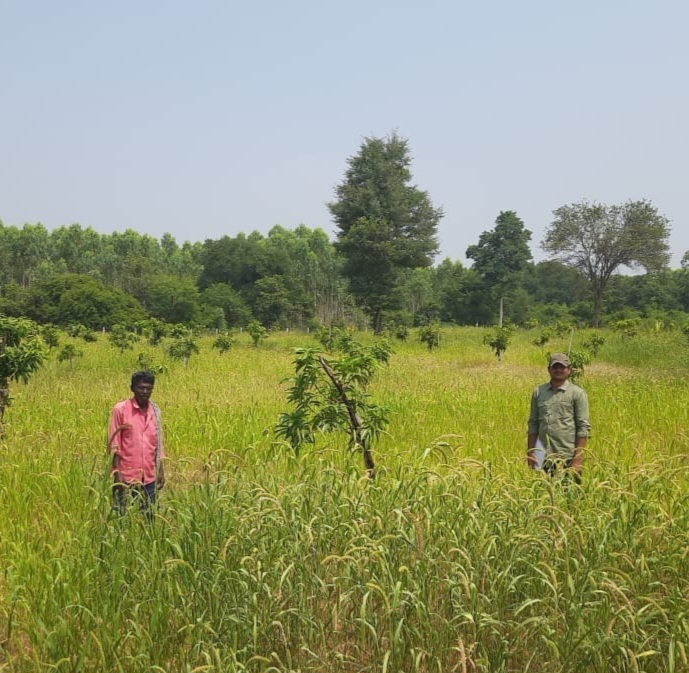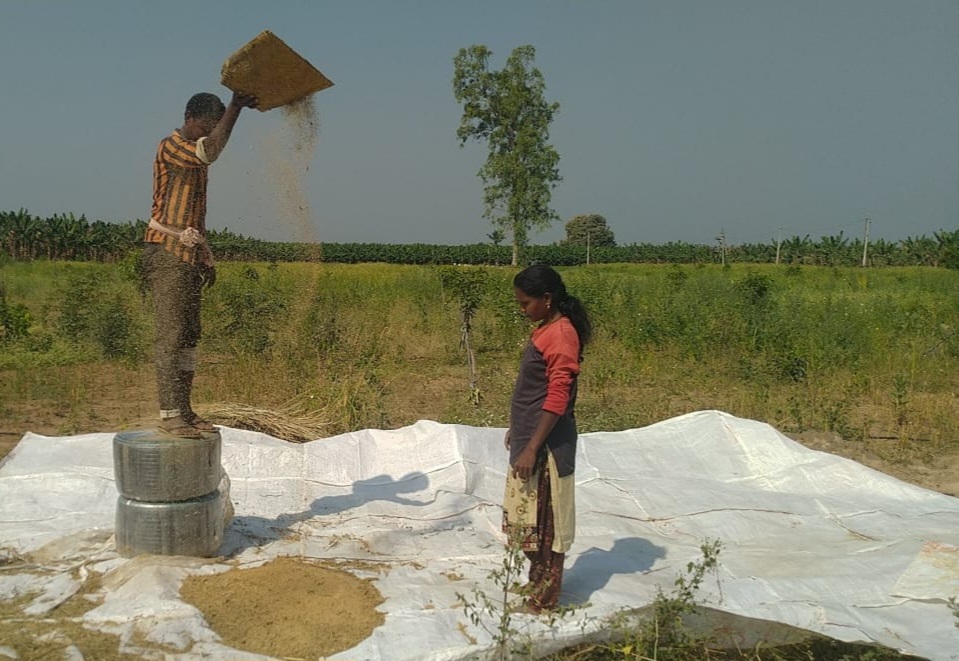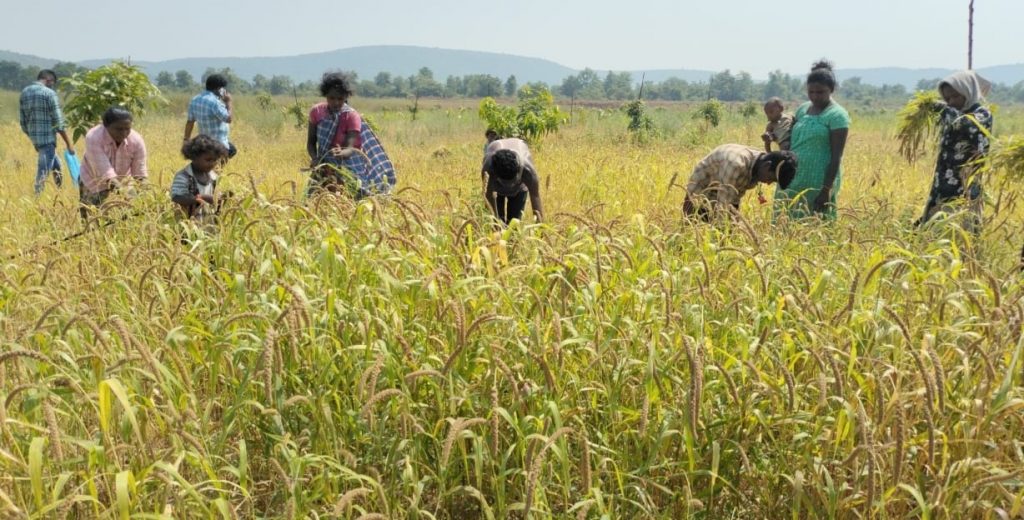
Tribal communities are deeply connected to forest, and once forced out of it, they face many problems as they get disconnected from their ancestral lands, writes Deepanwita Gita Niyogi
Social worker Narasimha Reddy, who is based in Nandyal district of Andhra Pradesh, has been running the Village Renewal Organisation, a non-profit, for almost over 15 years now. It primarily works with the Chenchu tribal community of Andhra Pradesh.
The Chenchus have been notified under the category of the Particularly Vulnerable Tribal Groups by the Centre. Originally hunters and gatherers, the Chenchus struggled to survive after their displacement from the Nallamala forest after it was declared a sanctuary in 1978. The forest is part of the Nagarjunasagar-SrisailamTiger Reserve in the Eastern Ghats.
Today, the Nagarjunasagar-Srisailam tiger reserve is the largest in India spread over several districts. Here, some Chenchu tribals, who were once into hunting, have been offered protection jobs to make them conservation partners. The management employed them for protection and it has given good results, said an Andhra Pradesh forest department official.
But life outside the forest was not easy. “Once the Chenchu community was cut off from the forest, their survival outside became challenging. In some cases, a proper relocation package was absent. Though lands were distributed for farming by the government, the Chenchus were not aware of cultivation. Some lands were barren and covered with bushes. They lacked finances to turn around these lands,” Reddy said.
Displacement outside forest
Tribals are deeply connected to forest and once forced out of it, they face many problems after being disconnected from their ancestral lands. Reddy described how once Chenchu women used to enter forests for gathering forest food, but lost the privilege after the declaration of the sanctuary. “It gave rise to food insecurity among them. Many were forced to work as daily wagers for livelihood.”

The Government of India’s notification of the Nagarjunasagar-Srisailam Tiger Reserve in 1978 adversely impacted the lives of the Chenchus. Many villages were shifted out to peripheries from deep inside the forest where they had been residing for generations. As the traditional dependency on the forest wealth got broken, they struggled to cope with the unexpected change. Even today their existence is at stake.
The Village Renewal Organisation helped the Chenchus learn farming techniques through the formation of village-level committees. The committees also helped the community members by arranging meetings with government officials for entitlements and benefits like pension scheme and what to do in case of water crisis.
As the Chenchus were not familiar with agriculture, the lands were either left barren or leased out to others. Though some of the lands have a potential for cultivating multiple crops, due to the lack of irrigation facility only one crop can be grown based on seasonal rainfall.
At present, many Chenchus cultivate red gram, millets and black gram under rain-fed cultivation on the lands they received after relocation. However, according to Reddy, a few of them still struggle to cultivate their lands.
Apart from farming, the Chenchus also carry out manual labour under MGNREGA and sometimes venture inside the forest for bamboo collection for making mats. Many also gather the nannari, a kind of root, and sell outside. However, digging for the root is a seasonal activity and lasts from January to June. Though most villages have been relocated, there are a few Chenchu villages still inside the forest.
Reddy admitted that a few Chenchus work in the Nagarjunasagar-Srisailam Tiger Reserve. But he pointed out that they are paid minimal wages due to being engaged in low-level jobs.
A vulnerable community

The total population of Chenchus stands at 27897 (6912 families). There is a high rate of malnutrition among this primitive tribal community and its health status has not been studied well.
The Chenchus are one of the most vulnerable tribal groups among the tribes of Andhra Pradesh. The Integrated Tribal Development Agency was established at Srisailam in March 1976 with a focus on this community.
Neeraja Pasupuleti, an ethno botanist, has been researching on the Chenchus for a long time. She informed that the tribe is endemic to that region and not found anywhere else. “Their numbers are drastically going down. The tiger reserve is interfering with their lifestyle. They once depended on the forest for food as well as medicinal plants and herbs.”
As they are a nomadic tribe, the Chenchus prefer to live inside the forest. “From the side of the university, there is a plan to train them in the cultivation of rare and endangered medicinal plants.” Pasupuleti teaches at the KVR Government Degree College for Women based in Kurnool district.
The Chenchus symbolise the harmonious co-existence of humans in the midst of nature. According to Pasupuleti, the Deva Chenchus are not willing to come out and want to carry on living inside the forest. Many of them extract honey and walk for 30 km inside the jungles. Pasupuleti is also fascinated by their deep traditional knowledge system, especially the way they protect themselves against snake bites.













